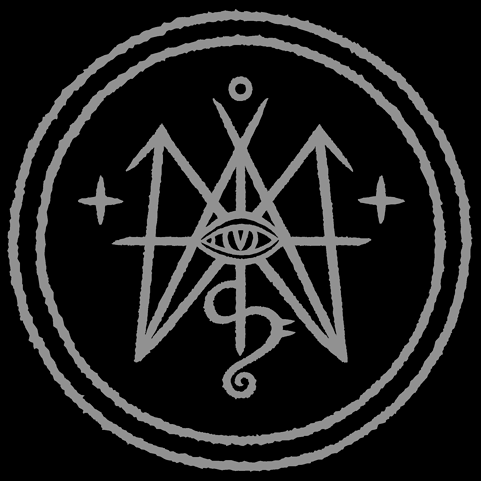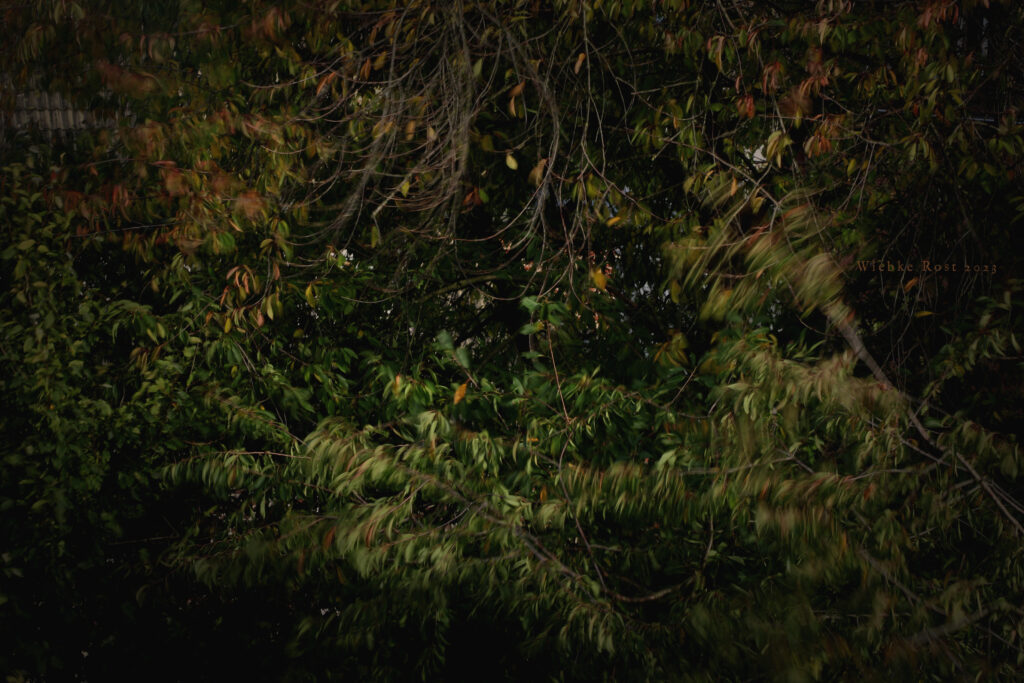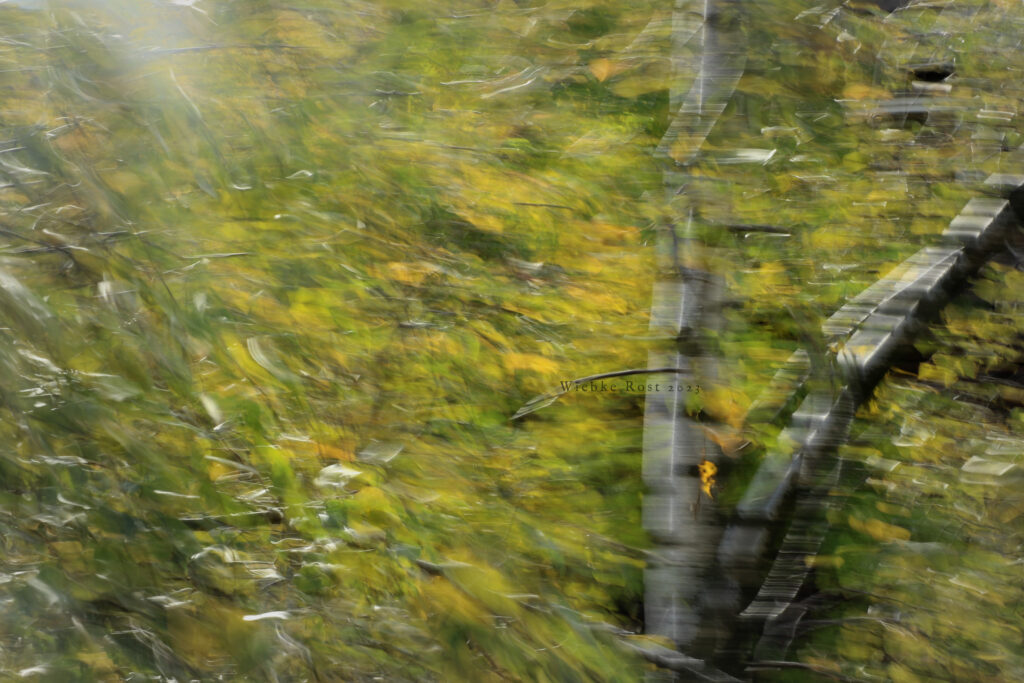A glimpse of spring. In focus: birch, bumblebee queens, cornel cherry
1st of March marks the meteorological beginning of spring. Nature is slowly but verily waking up. Like this bumblebee queen warming up in the midmorning sun. She found a place in the crevices of an old birch tree. If you look closely you may spot the birch lady’s facial profile outlined in the scales of her bark. Bumblebees are herolds of spring. They are among the first insects waking up and flying at temperatures as low as 6°C. She could start her new colony right beside this birch, in the former nest of a mouse or rabbit.
Bumblebees have ever since been considered emmissaries of witches, devils and the dead. Their drone sound signals the presence of underworld spirits. Caring for themselves and their own hive they produce only as much as honey as needed by them selves, so they always had a somewhat bad reputation compared to the altruistic (and domesticated) honey bee. However, bumblebees are important pollinators, adopted exclusively to the flowers of many traditional witch herbs, as well as food plants.
We have had bumblebee nests in our garden, right beside the lavender bushes, and I have photographed them on nearly all my witch flowers that I’ve grown over the years. I feel lucky and blessed whenever a bumblebee crosses my path and I am able to spend time observing it in nature.
On the green moss under the tree lay a birch polypore. This parasitic fungus may chime in the last quarter of the tree. Yet it carries a plentitude of medicinal properties, being anti-bacterial, anti-viral and anti-infallmatory. It was dropped right before my feet, and indeed I could need all of it after this winter. But I left it there. The simple sight of gleaming moss has its own salutary effects on the body, mind and soul.
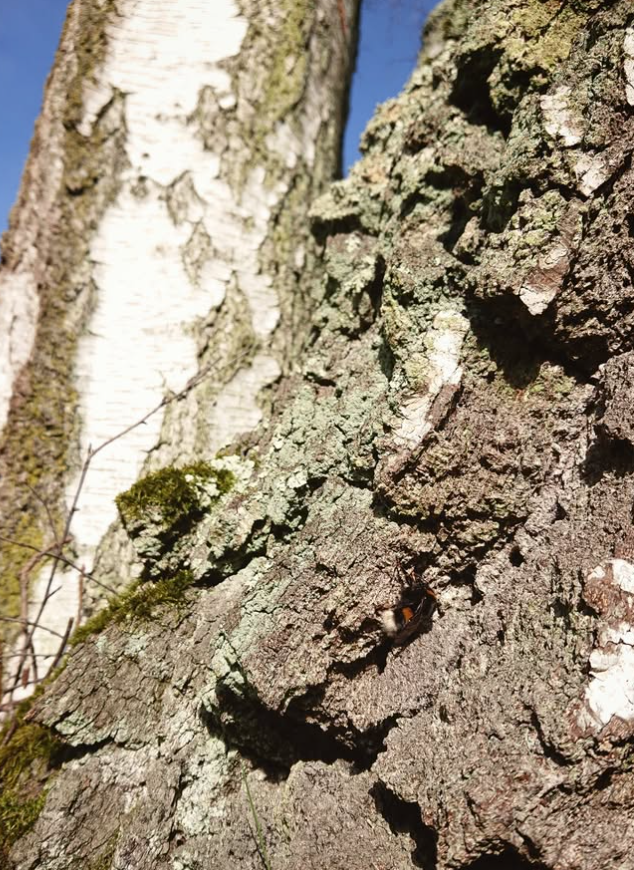
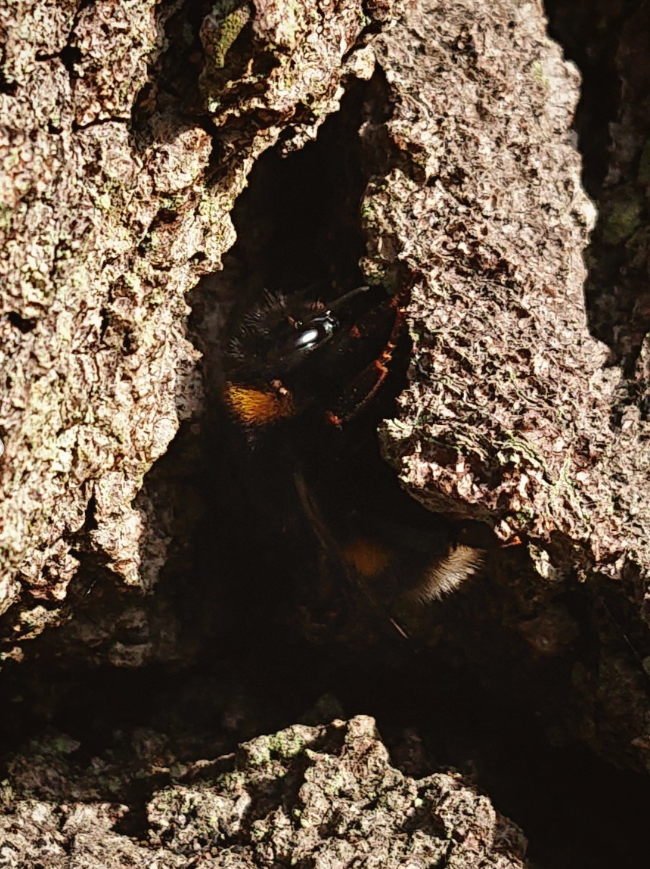
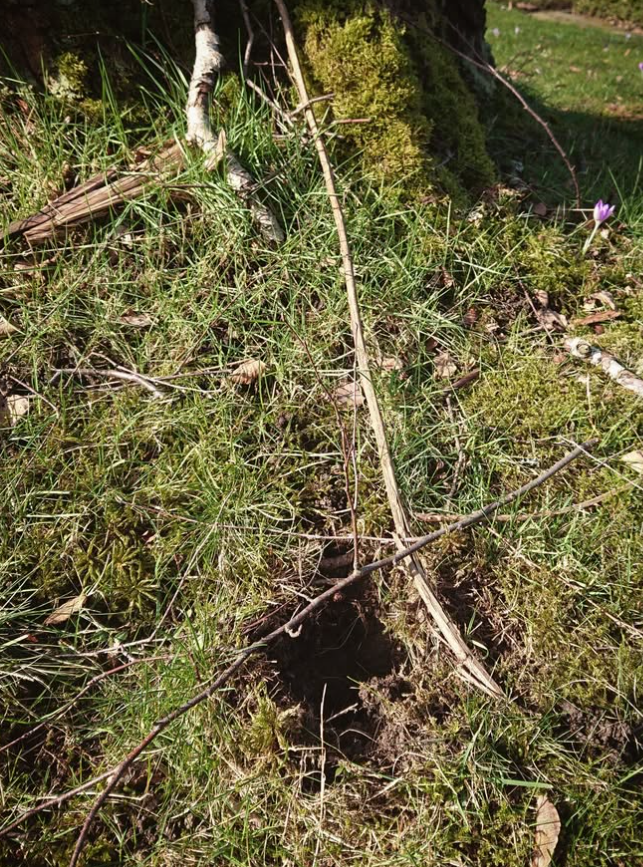
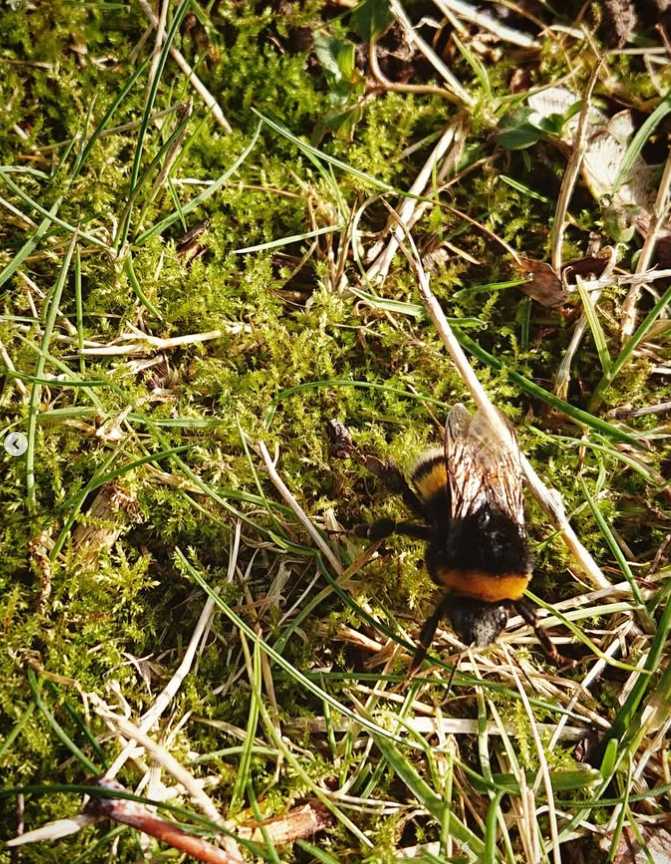
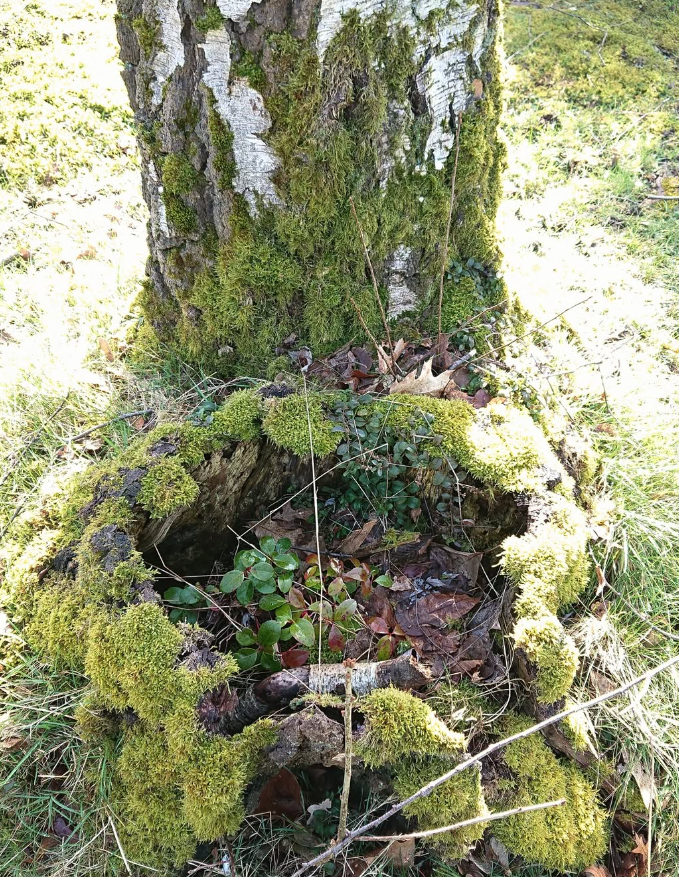
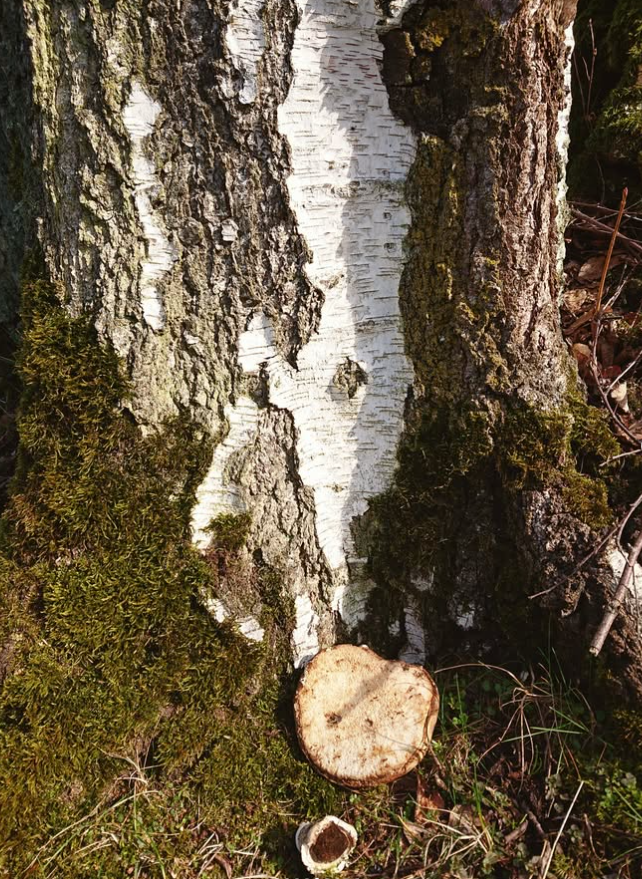
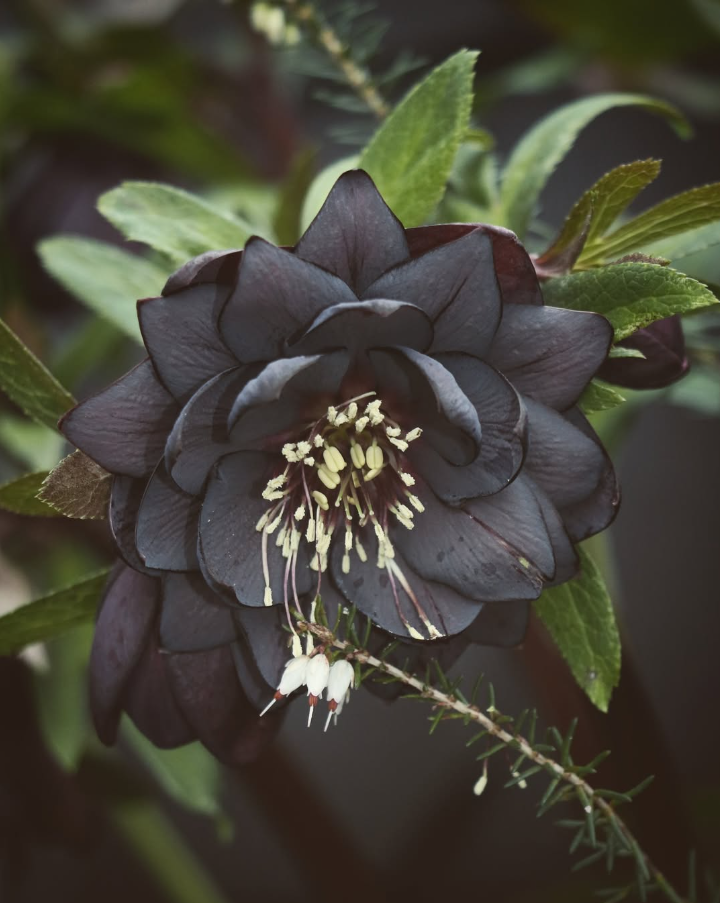
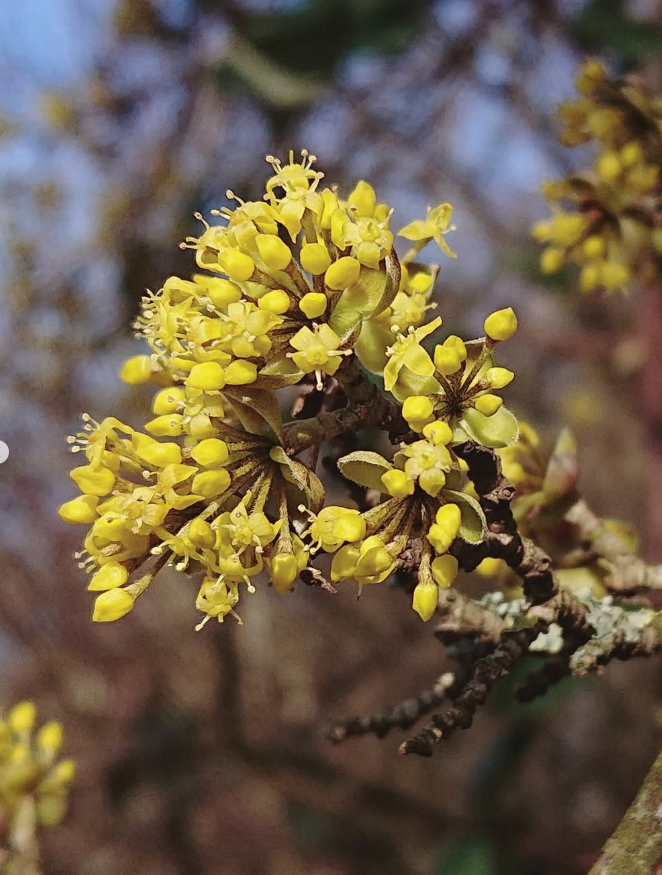
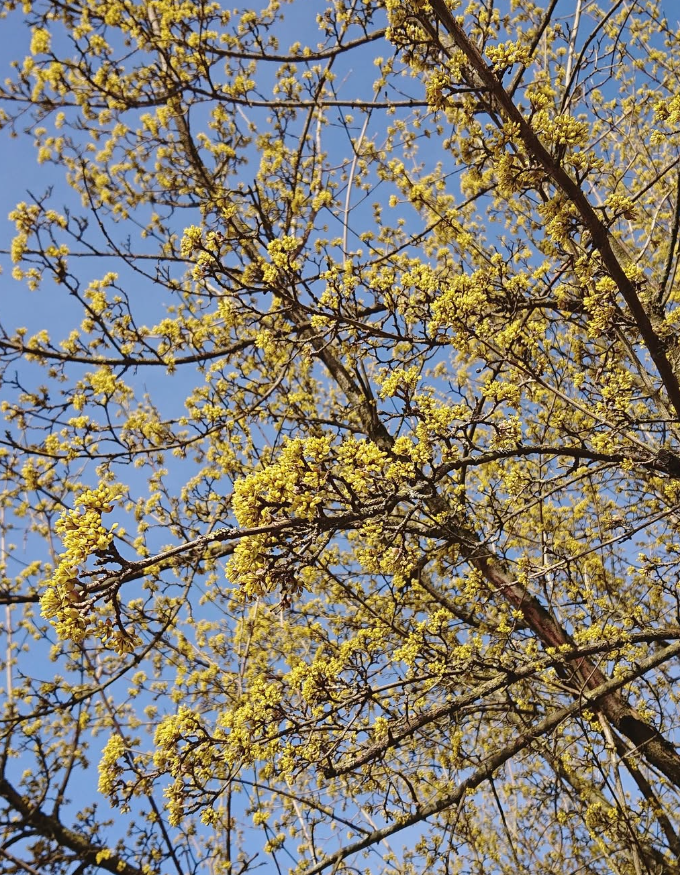

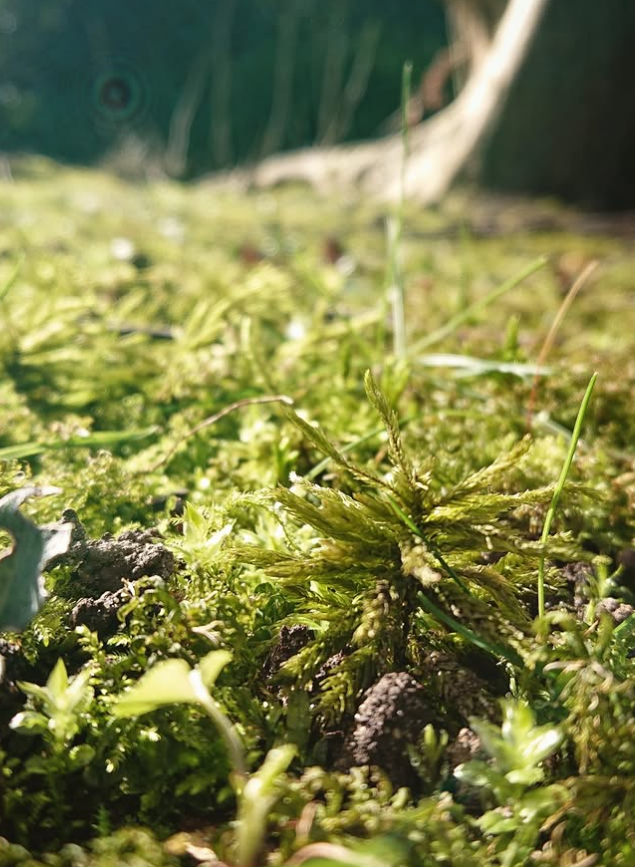


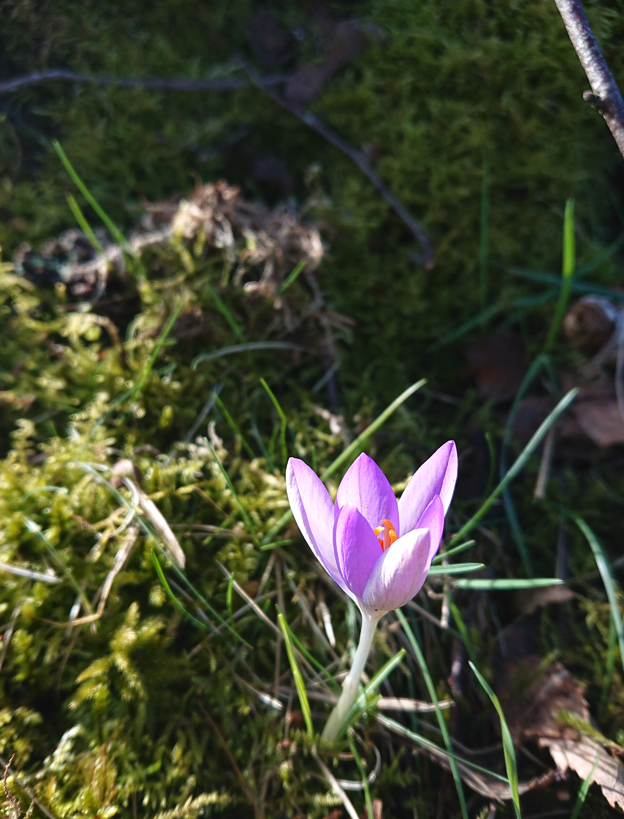
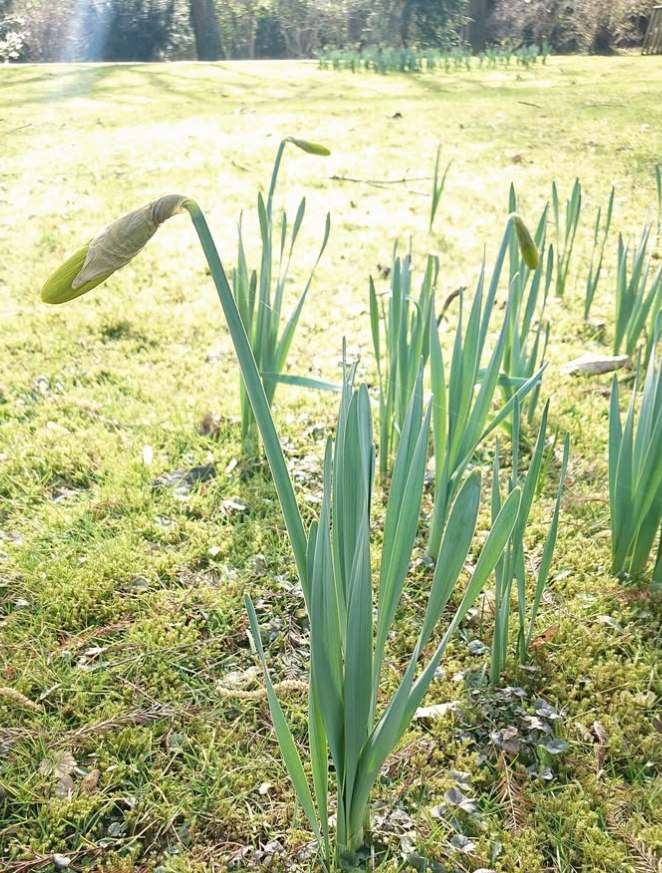
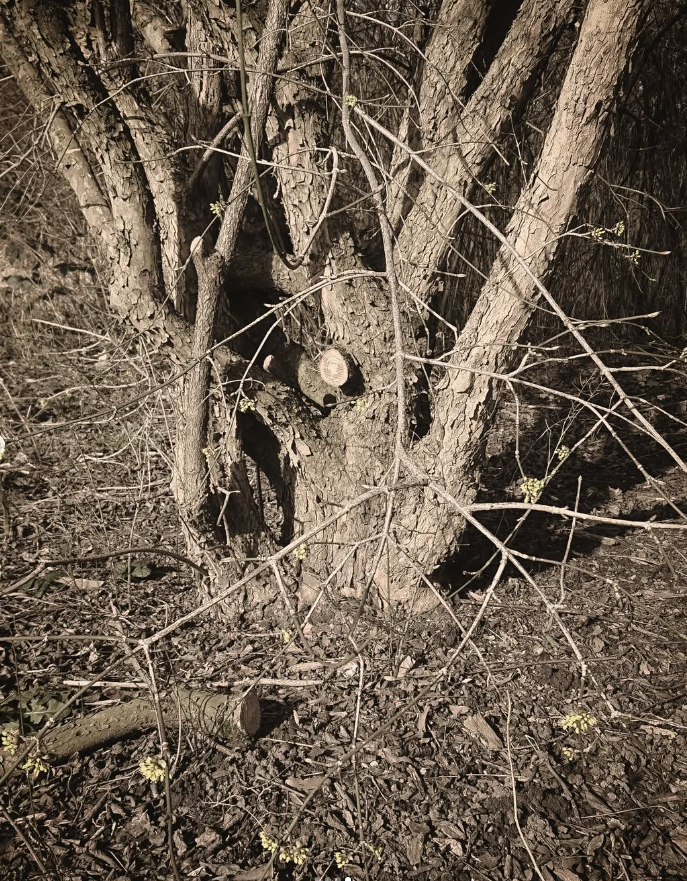
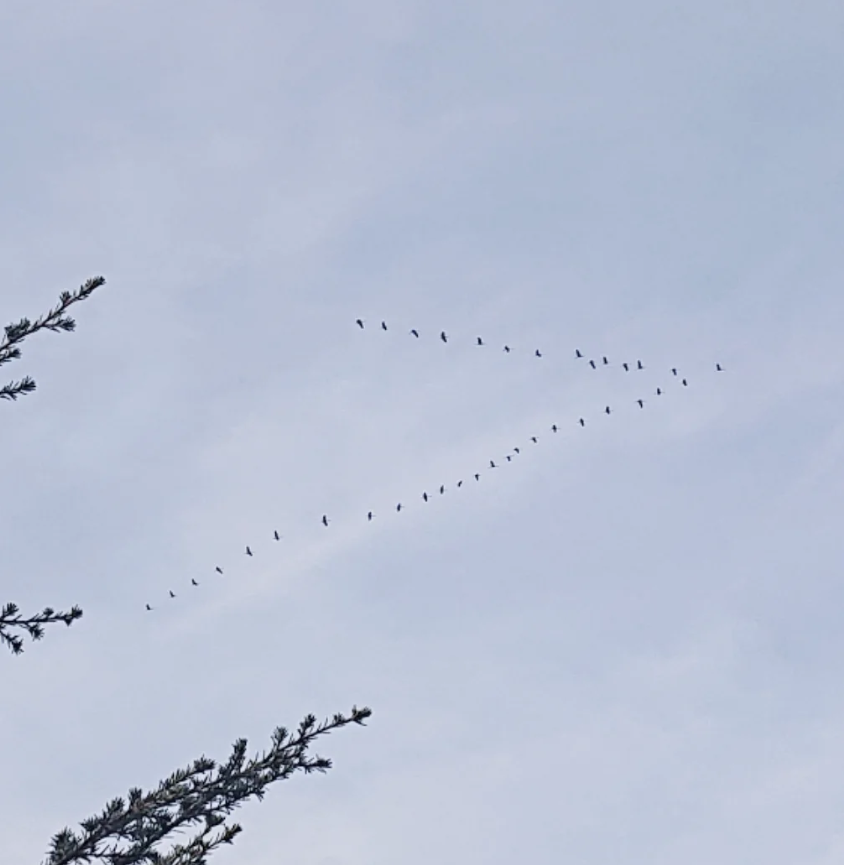
Birch stands for new beginnings. Blossoming now is the cornel cherry. It is one of the slowest growing woods and therefore most resilient woods in Europe, and quite similar to Ironwood. Its sulphur yellow blossoms are evoking the spring sun. Its flowers are among the first to open in spring or late winter and open the buffet to bees and other pollinators. Its bloodred fruits provide food to jays, grosbeaks, nuthatches and bullfinches as well as dormice. Its heart-shaped root system reaches in all directions and stabilizes the ground.
Its hard wood was made into weapons. In Greek myth it is even metonymical for the speer. When Romulus thrust his speer into the ground upon which Rome was founded, it blossomed into a cornel tree. The Ziegenhainer cane is traditionally carved from cornel wood.
March 6, 2025
Posted In: Nature
Tags: wild, march, moss, march 2025, phenological calendar, birch, cornel, spring, cornus mas, bumblebee, nature, seasons
